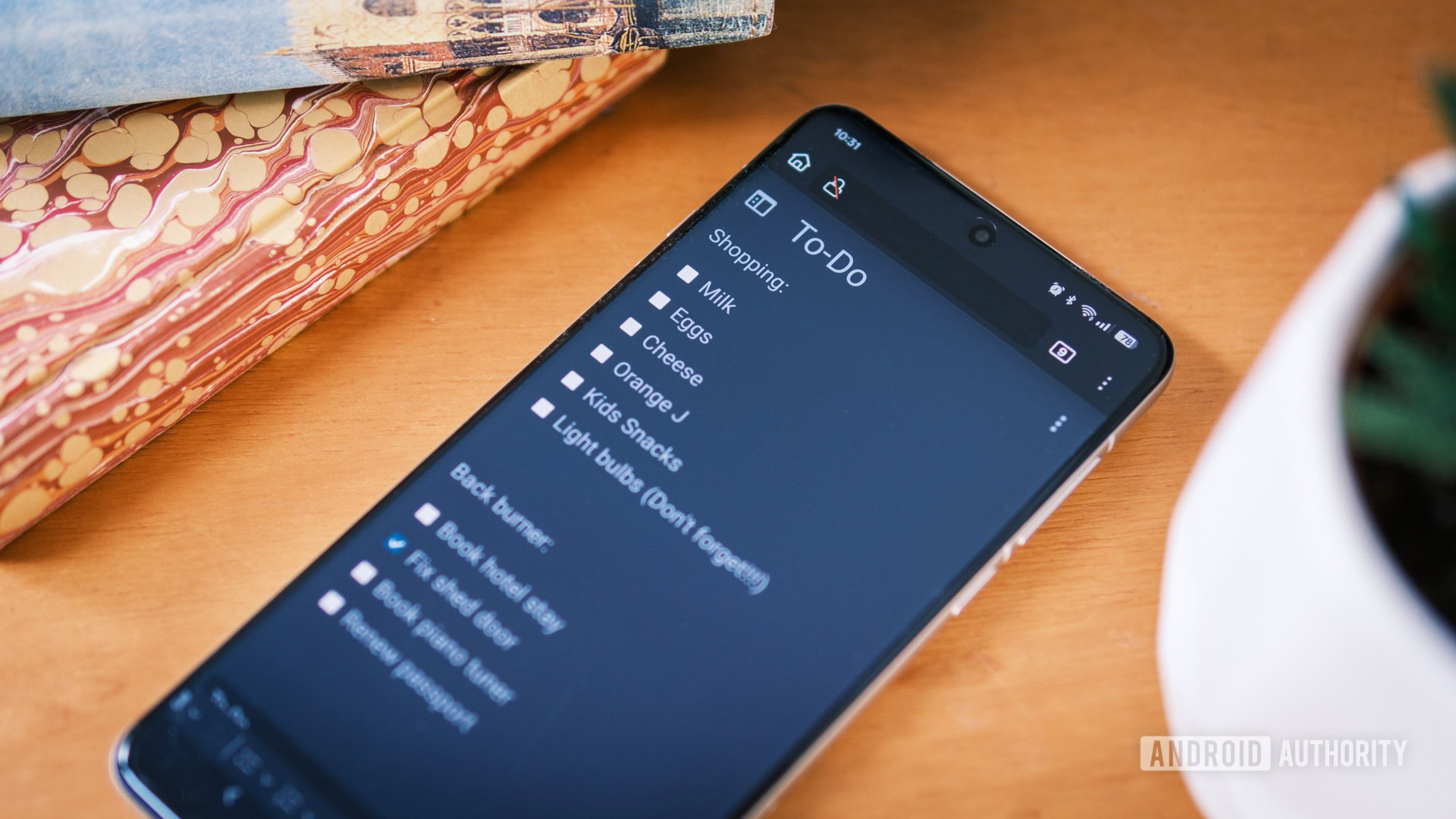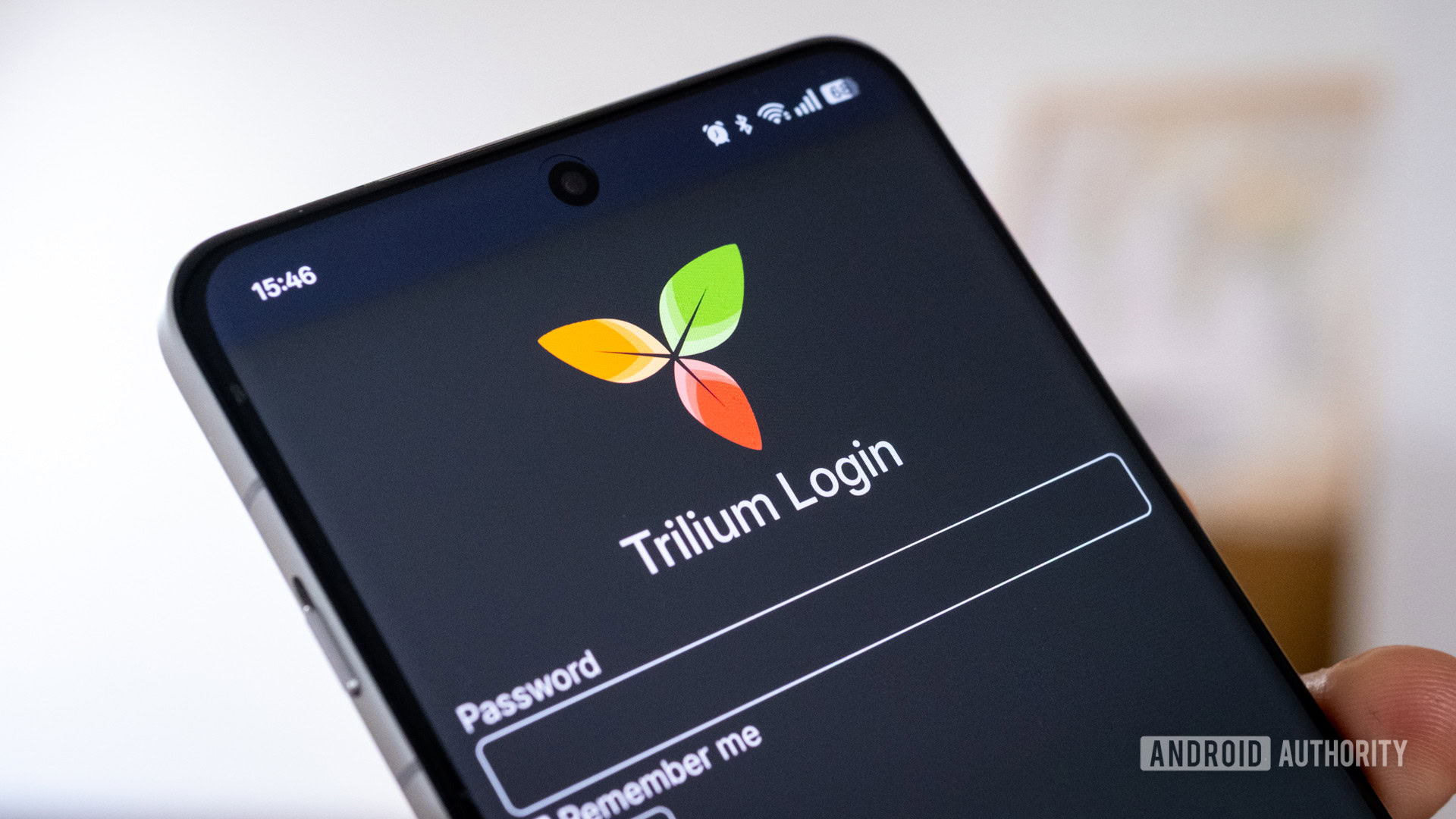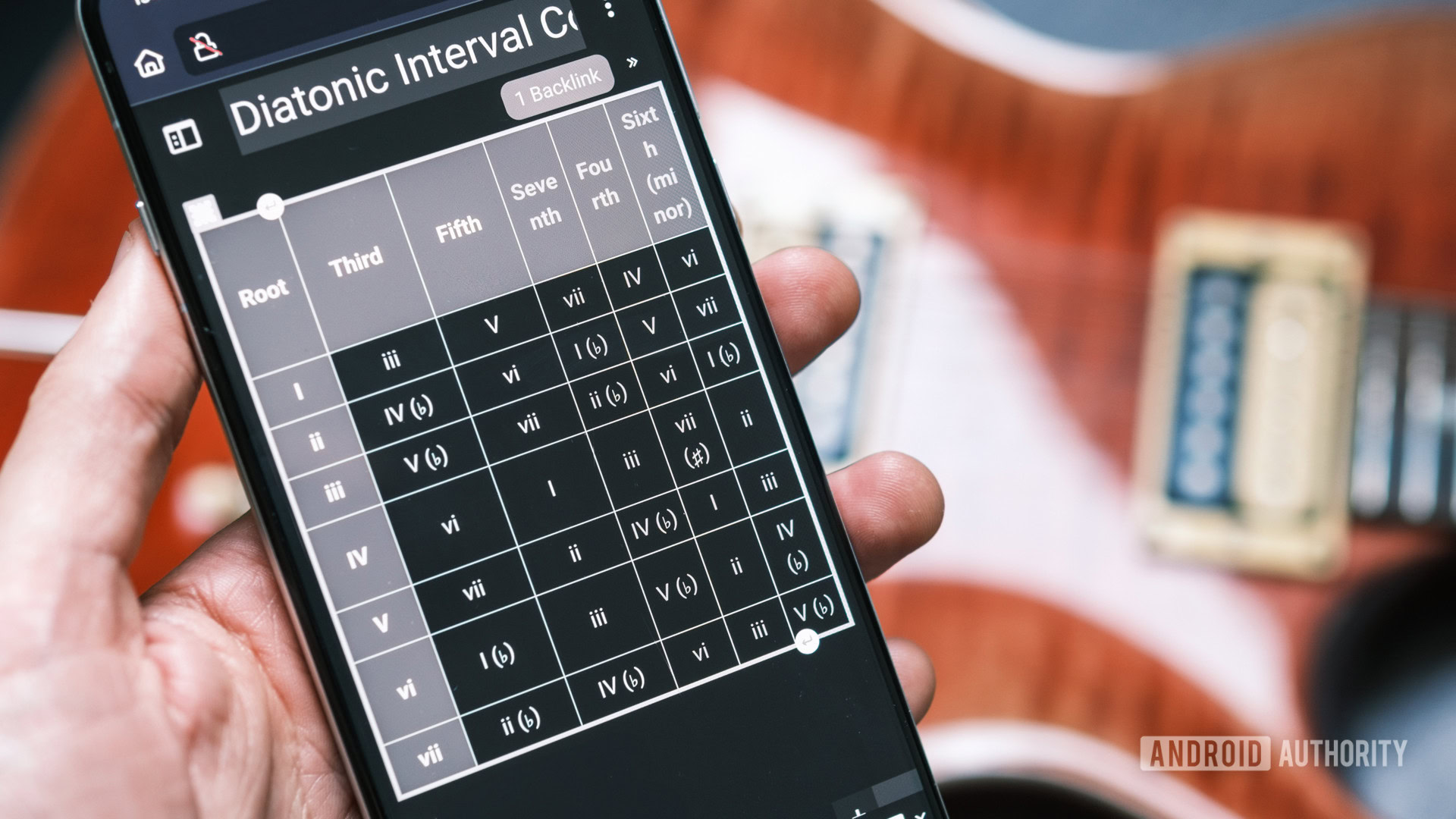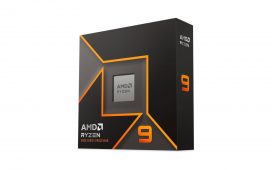
Robert Triggs / Android Authority
I’m the first to admit that I’m a rather disorganized person; flitting between must-do tasks and fleeting fancies like there’s no tomorrow. I’ve never been a note-taker, and I regularly misplace any tiny scraps of paper I bother to jot stuff down on, but this is increasingly coming back to bite me. Having read about the success my colleagues have had with the likes of Obsidian and Notion, I thought it was about time I hopped on the productivity app bandwagon.
However, I couldn’t immediately get on with Obsidian, because my entire problem with taking notes is having to dig them up. I need something instantly accessible, whether on my phone, tablet, work, or personal laptops. Given that I’m still testing the note-taking waters, I’m not paying Obsidian $48 a year to sync across devices. Notion seemed like the better option, but I don’t really want all my notes to be online-dependent either, and the learning curve looks quite steep. Talk about picky requirements, I know.
While there are a few self-hosted options, Trilium Next has the best balance of features and ease of setup.
With my home NAS already up and running, self-hosting seemed like the natural fit, but there aren’t many options that don’t run into a tangled mess of additional requirements. If you want to self-host the impressive-looking Logseq or Joplin you’ll be messing around with background syncing and praying to the conflict gods, while self-hosting Anytype doesn’t seem to support the wide range of devices I want to use. After a rather exhaustive search, I settled on Trilium Next — the community-maintained fork of Trilium.
Trilium Next has all the bases covered, with markdown, image, to-do lists, and table support, along with interlinking, mind maps, flowcharts, and code blocks for the more savvy user. If you’re familiar with Joplin, Notion, and the like, you’ll find many of the same key features here, just without some of the fancier AI additions or online collaborative tools that I doubt many of us need for our private lives anyway.

Robert Triggs / Android Authority
I spun up a Docker container and could instantly start creating notes via any web browser on my home network, be that on my phone, tablet, or laptop. There are no dedicated apps to install with Trilium, which may be a pro or a con depending on how you like to interact with software, but it supports mobile and desktop screens just fine. As the notes are all hosted on and accessed via the NAS, syncing issues aren’t a concern, at least. I can even look up stuff outside my home by tunneling in via Tailscale.
Like all these options, Trilium Next can be as simple or as complex as you like, especially given that it supports JavaScript scripting that can be used to build graphs and automate tasks. I mostly use Trilium’s to-do lists, using the dedicated feature to make and mark off pleasing little checkboxes, which ensures that I eventually do the thing that briefly popped into my head earlier. Whether adding something to the week’s shopping or checking off steps on one of my various coding/electronics projects, having this all as a simple web bookmark on all my devices is beyond handy.
But to-do lists are barely scratching the surface. I’ve been making good use of Trilium Next’s integration of Mermaid diagrams to help keep some work and unwieldy side projects on track. It uses straightforward code syntax to create various types of diagrams and flow charts, making it easy to plan and visualize what’s next on the docket to reach an end goal that requires numerous moving parts.
But for more complex notes and knowledge bases, you have to be much more organized from the get-go. Don’t just dump everything into the root directory; trust me, it’s easy to get into a mess of random, uncategorized notes. Instead, it’s more straightforward to navigate Trilium by breaking your content down into smaller notes and nesting them in subtrees. One of the first and most powerful features I made sure to master was embedding notes within notes, which makes it effortless to cross-reference and automatically update information that spans multiple folders. This is especially helpful (and a massive time saver) if you’re going to be referencing the same information in multiple places.
Trilium goes well beyond basic notes and to-do lists, but there’s a learning curve.
It’s a little-known fact, but I’m a surprisingly good guitar virtuoso (I should be after 21 years!). But my music theory brain is slow, to be polite. I’ve been using Trilium’s note linking functionality to join the dots between various bits of theory I have floating around in my head. Now I can quickly look up whether a scale has a naturally arising Dominant 7th chord and view the chord shape straight from the scale’s note I made. If I spot a mistake or want to add a new inversion, I can simply update the chord diagram and the new version instantly appears in every place I’ve referenced it. Even better, I can quickly eyeball the relationships automatically built from cross-references in the Note Map. Pretty neat.

Robert Triggs / Android Authority
There’s a ton of features I haven’t made time to learn yet, though, such as creating note templates, mastering charts, and mind maps. Even so, there’s no one feature that I’d say makes Trilium stand out from the competition. Instead, it’s more the fact that I can jump into it from a simple web UI on any device, essentially making it my portable notepad, while remaining safe in the knowledge that my data remains always accessible at home, even if the internet goes down. Oh, and it’s not costing me a penny, which is always nice, especially when there’s no guarantee that I’ll actually stick with my newfound note-taking regime.
While Trilium’s features are solid, accessing my notes as a simple web bookmark is the real draw.
As is often the case with freeware, the experience isn’t always flawless. Trilium Next’s design feels a little outdated compared to some of the options out there. It’s not quite as clean and modern as some of the spendy options, and editing can be cumbersome on a mobile display. But with a dedicated mobile mode, it more than gets the job done for my rough-around-the-edges approach to note-taking. Some of the tagging and syntax capabilities also have a steep learning curve, and it lacks third-party integrations that you may want to use to manage a wider range of documents or data.
If you want fancy integrations, sleek UIs, and collaborative tools, Trilium probably won’t fit the bill, but there are already plenty of brilliant options out there for that anyway. You just might have to spend a little money on them. The best way to think of Trilium Next is as an offline-first note-taking solution with a focus on organization — if that sounds like what you need, I don’t hesitate to recommend it.








